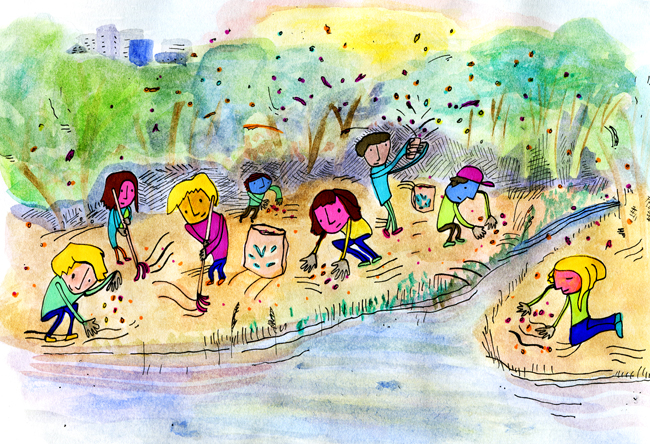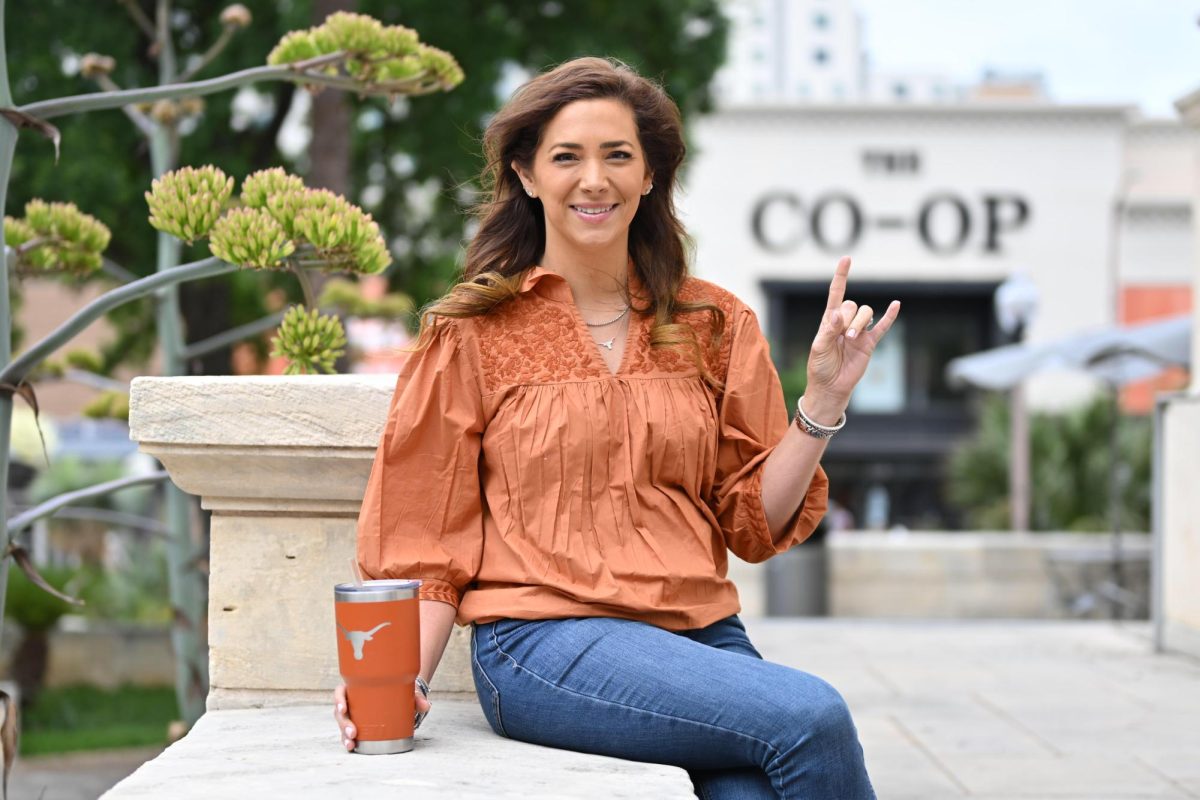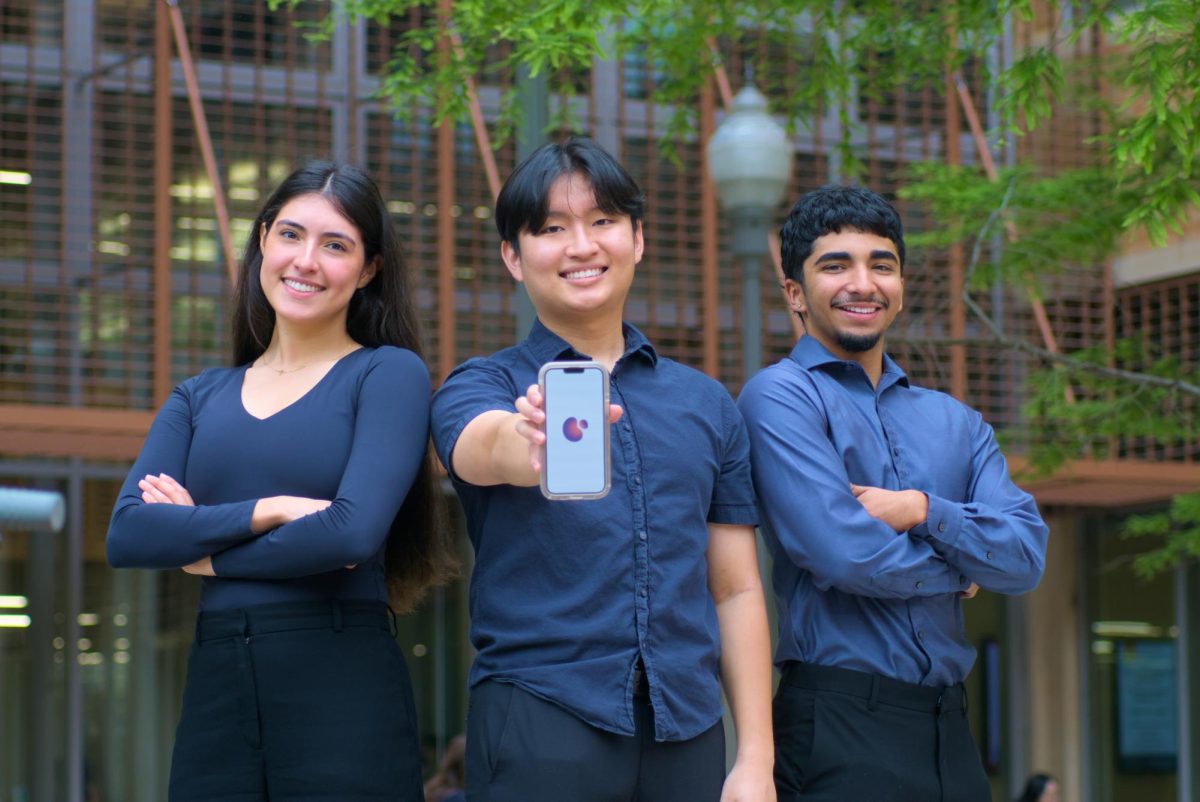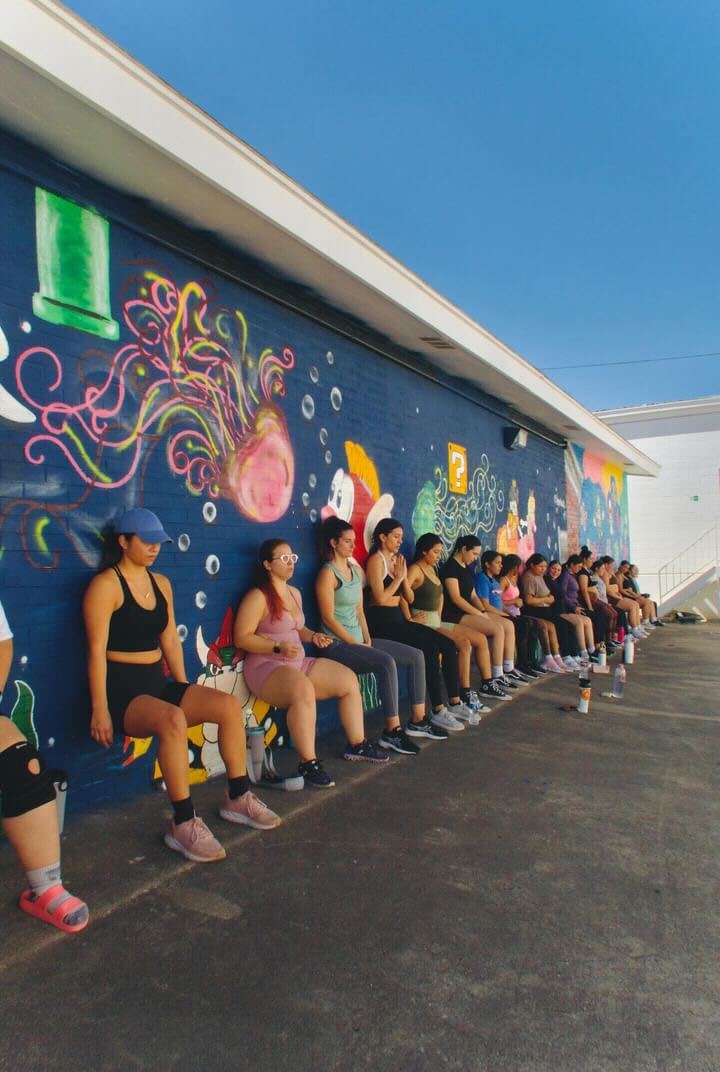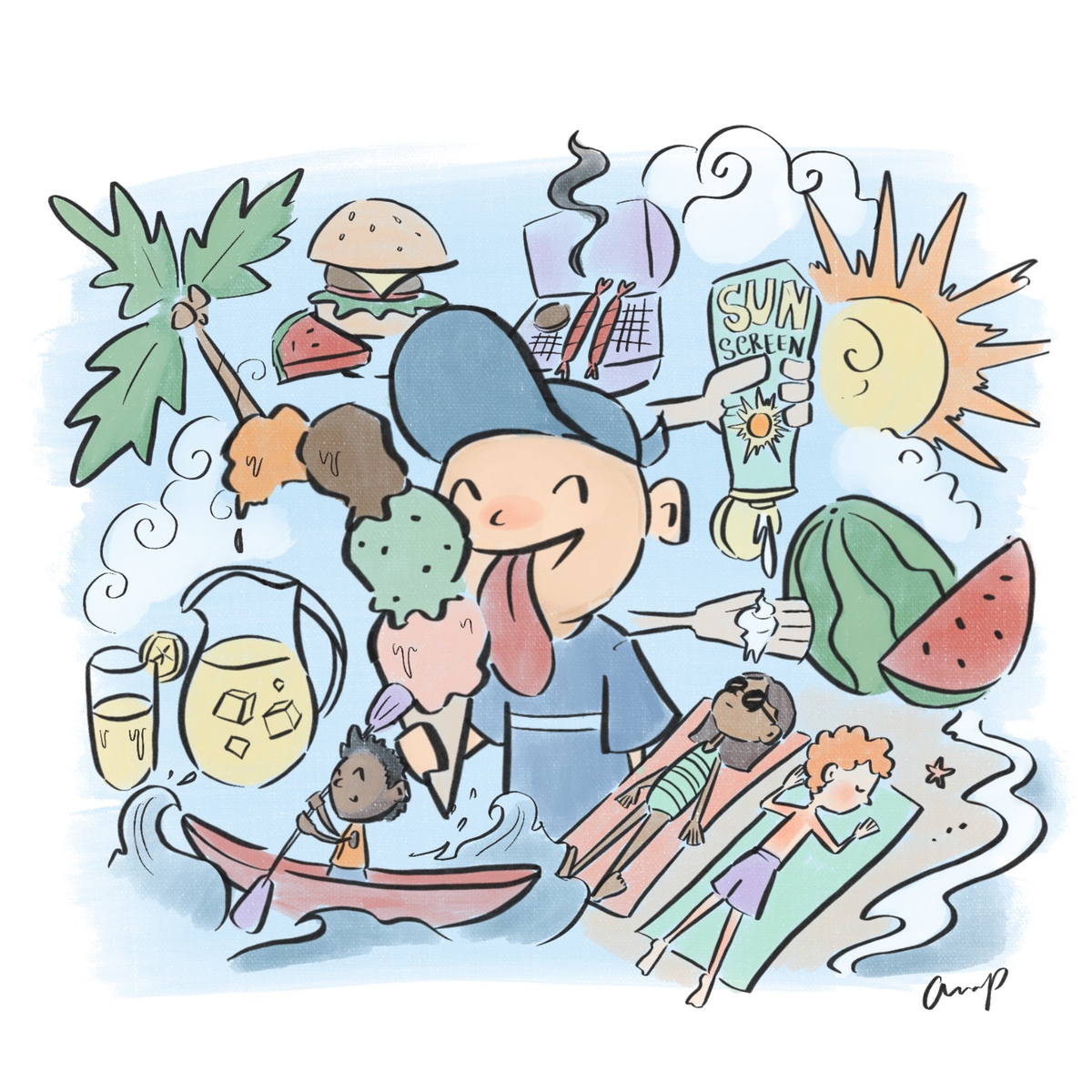Many plants found in common retailers such as Lowes and Home Depot are actually invasive species that pose a threat to native Texas plants.
This weekend, the Watershed Protection Department is pairing with the Austin parks foundation to try to reverse some of the damage.
The department called upon local organizations, such as the parks foundation, to gather volunteers to restore the native plant populations in the grow zones of local water sources. Urban sprawl and invasive plants have caused water contamination and habitat destruction. Removing invasive plants helps purify the water and provide animals with a habitat.
“A lot of native plant species are lost due to growth, building and that kind of thing,” said Elias Guerrero, horticulturist at the Lady Bird Johnson Wildflower center. “But also they are being displaced by invasive species — plants not native to this country.”
Saturday and Monday are dedicated to planting seeds and removing invasive species in Onion Creek Park, Bartholomew Park, the Robert E. Lee Tributary and the Givens Park Greenbelt. Although there are currently no plans to host seeding volunteer days at UT, the parks foundation has done work on campus before, and future projects are not out of the question.
Austin’s heavy and rapid development has caused the number of native plant species in the area to decrease significantly.
“There are a lot of areas that are outside of city parks and county parks and nature preserves that are forested and that are being rapidly developed,” said Bill Stout, volunteer manager and environmental educator for the parks foundation. “Most of the land in Texas is privately owned, so any and all development cuts back on wildlife and native plant habitats.”
City development has also led to an increased number of invasive plant species as people and buildings use foreign plants in their landscaping.
“For homeowners, it’s a big challenge because they are enticed to buy these non-native invasive species because they don’t have any competitors here. They grow really fast, and they produce a lot of feed,” Stout said. “So what those plants are doing is they are suffocating and outcompeting the native plants that native wildlife require.”
Guerrero said the issue of invasive species is one that has always been present.
“Gardening and the use of plants was more of a status thing,” Guerrero said. “As [early Americans] traveled the world, they would bring plants back from other countries and different locales — kind of like one-upmanship.”
To combat the foreign plant species, the watershed department focuses heavily on native plant revitalization for its volunteer opportunities, such as the multi-park event this weekend. Although the initial invasive removal process is important, it is also vital to seed the surrounding areas so that native plants can be re-established. The department set up ways for volunteers to do this.
“There are two types of projects [volunteers] will be doing,” Stout said. “One is just simply going in and broadcasting native wildflower and native grass seeds and then our volunteers will rake that into the ground so that it has a chance to have contact. Then the other project they are working on is called seed island planting.”
Seed island planting is a process of planting on the beds of streams and creeks that the watershed department is working to perfect.
“On urban streams, a lot of them cross parkland and tend to be mowed frequently, so there is no vegetation along the stream bank,” said Ana V. Gonzalez, an environmental scientist with the watershed department. “The vegetation along the stream bank, particularly the trees and shrubs, provides a lot of ecological services for water quality, water quantity and other services like wildlife food, refuge and shade.”
The department is working to decrease the frequent mowing of the beds in parks. Instead, their seed islands would be established and allowed to grow freely so nature can take its course and sustain the health of the habitats.
The native plants have tap roots that store and save water in accordance with drought and rain patterns. The adaptation makes them more suitable to bipolar Texas weather.
“In an 8-by-8 plot we add manure-free compost — when you’re close to the creek you don’t want anything that has nitrogen,” Gonzalez said. “That has the potential to contaminate the water. To cover the whole plot we use an all natural erosion blanket.”
After that, the watershed department allows the beds to grow freely with little or no recurring care. To enhance the success of the seed
islands, the department will fill them with 50 different species of plants — mainly grasses, shrubs and wildflowers. There are ways to help with native plant loss in the home as well, the main being to select seeds for Texas plants when gardening. Native plants require little maintenance, so they are easier to sustain than non-Texan plants.
“Wild flowers and native plants have lived in this environment way longer than we have been, and they are used to the cycles of drought and water,” Guerrero said. “You’ll notice some fields, and, some years, there will be better stems of certain types of flowers and other years different ones. They’re kind of cyclic in how they work.”



